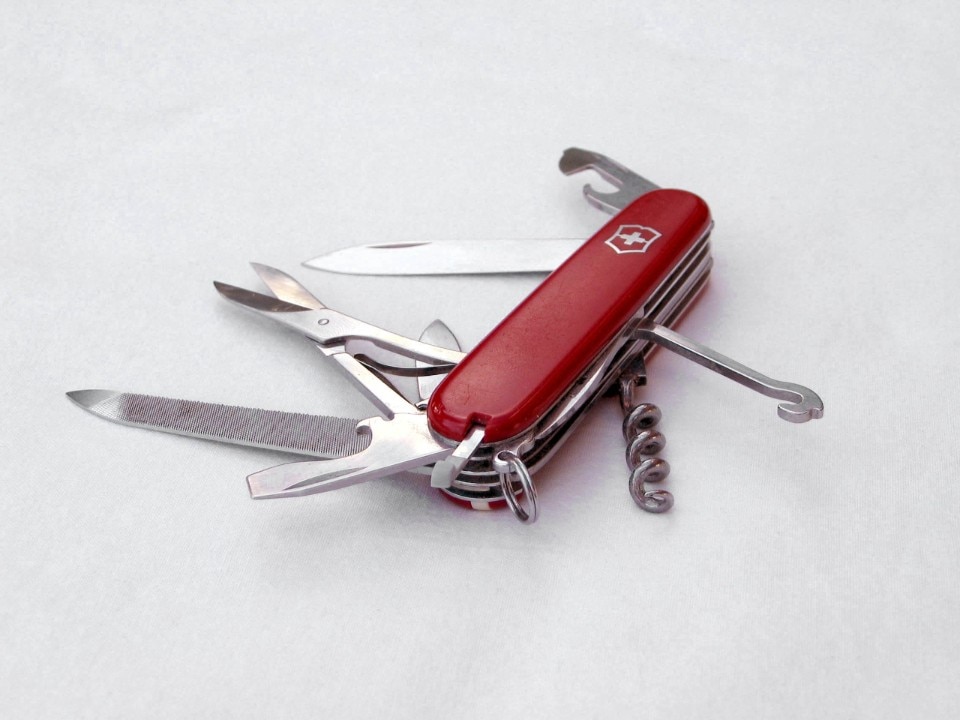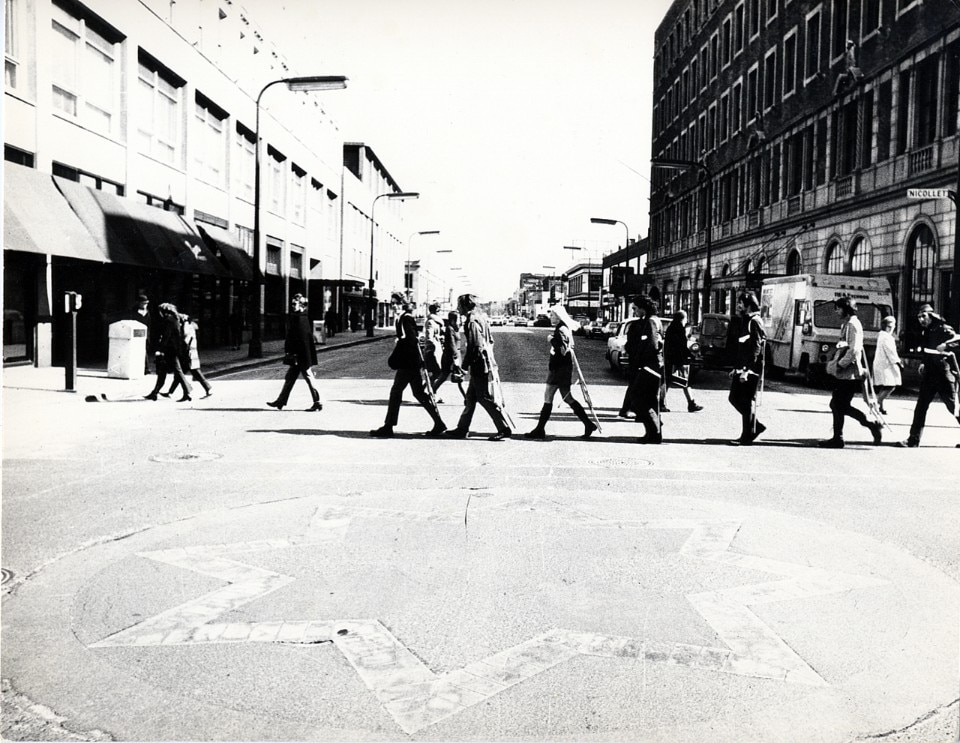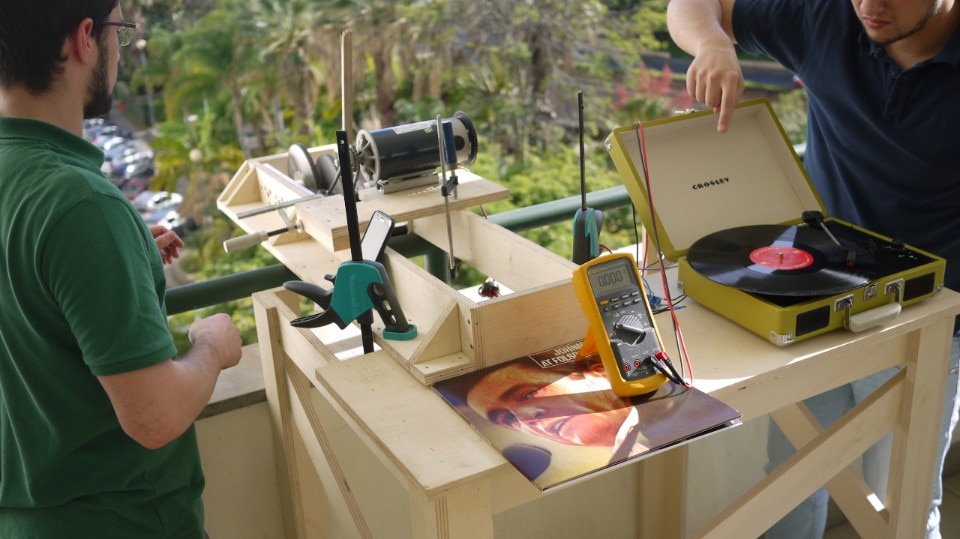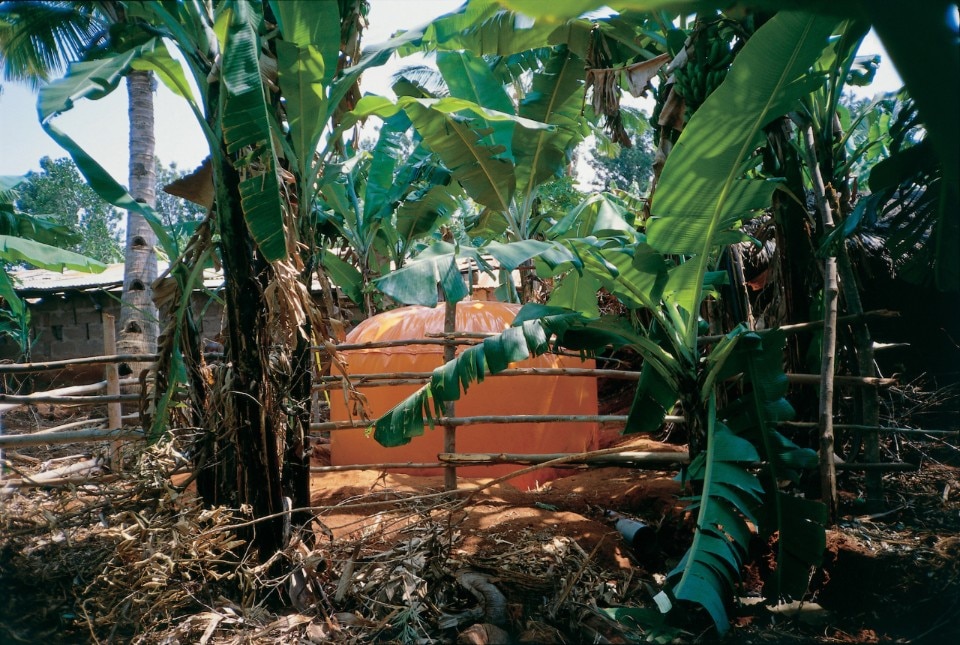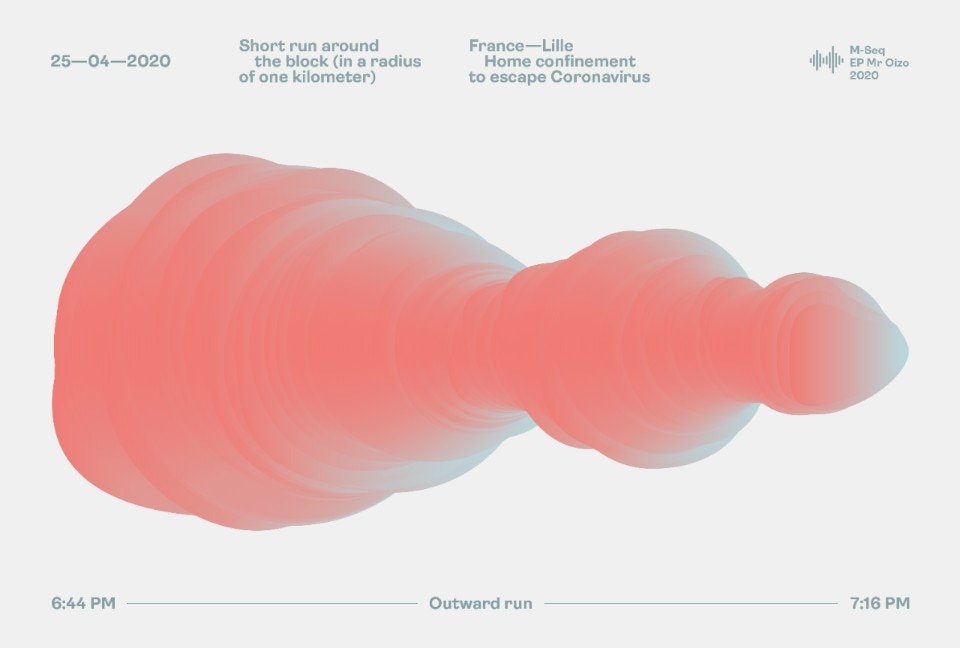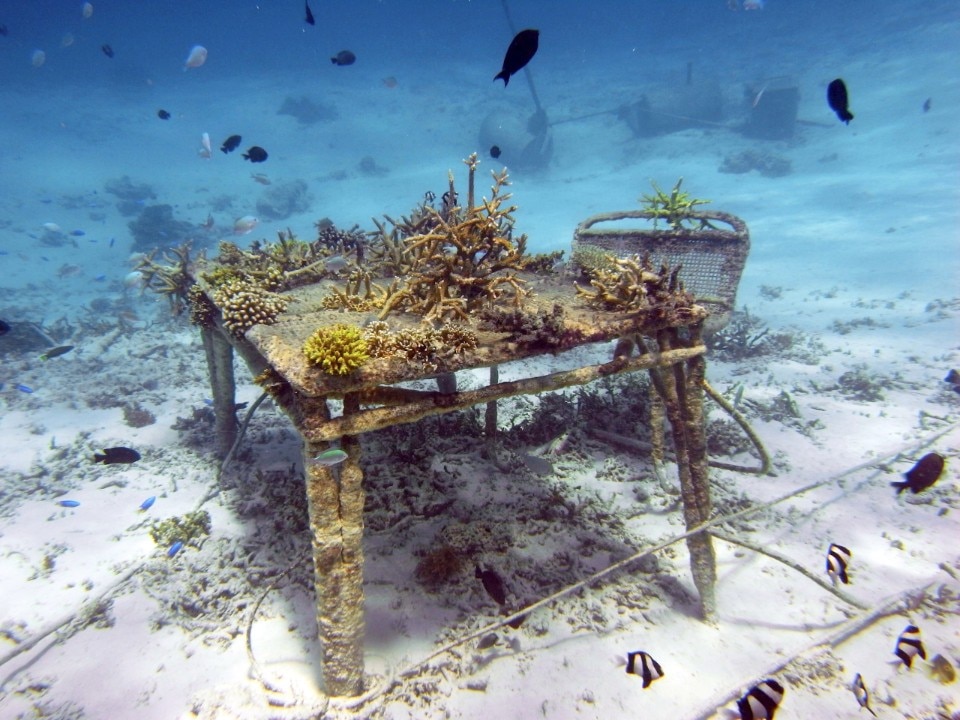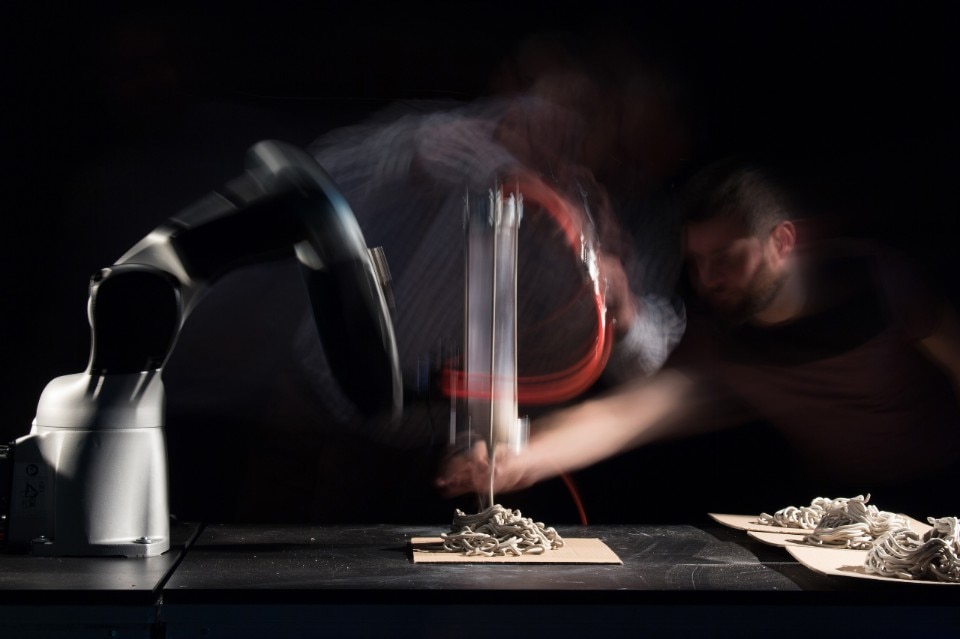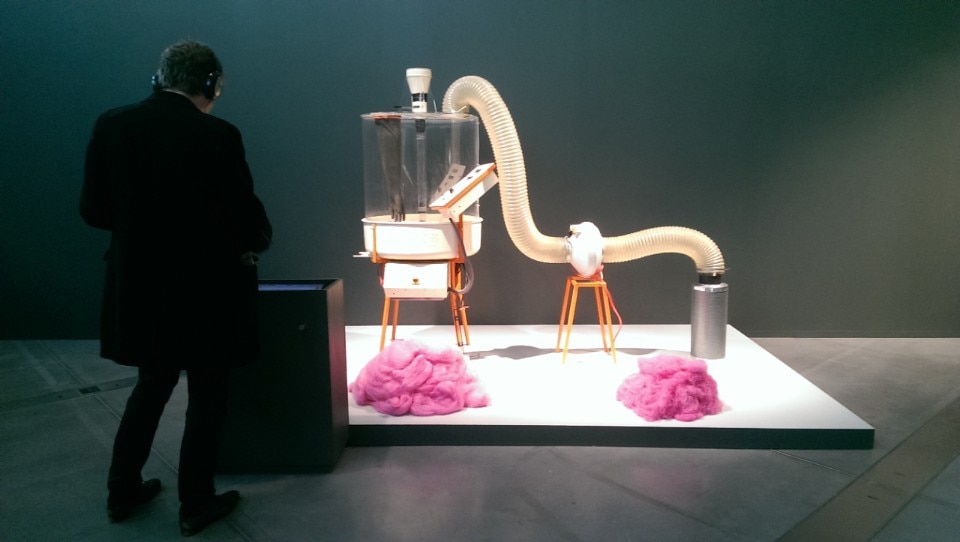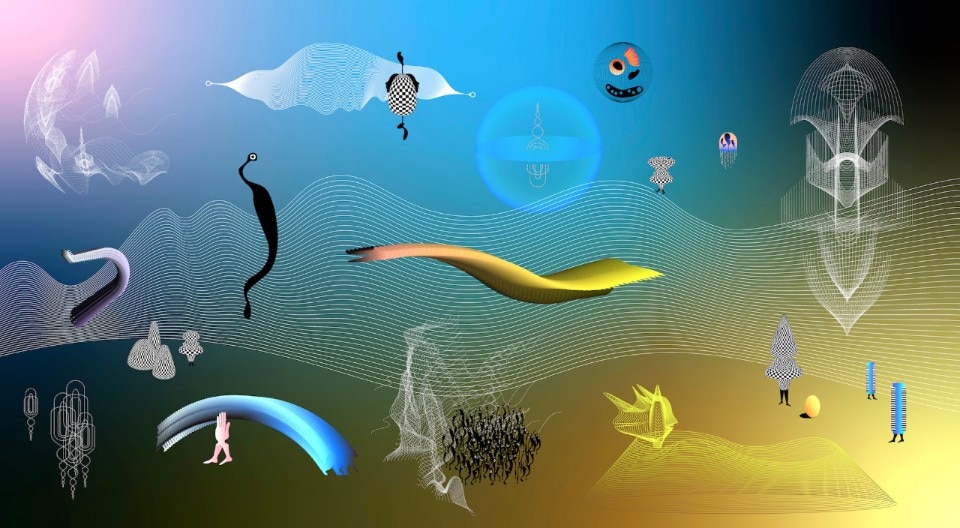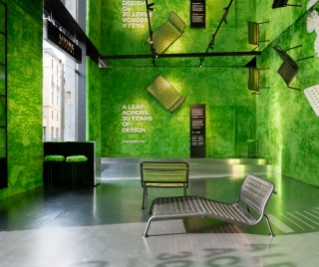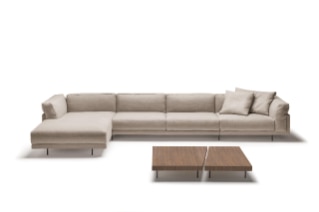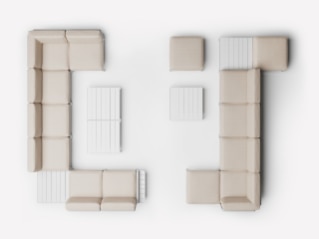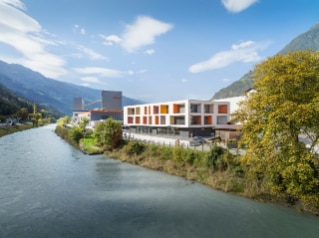In one of the last interviews he ever gave, Ettore Sottsass stated: “everything is design, it is destiny” [1].
In 1972, the French sociologist Jean Baudrillard used more or less the same words: Nothing escapes design: it is its destiny” [2]. But if everything is design, and nothing escapes it, what exactly is design?
Everything is design, it is destiny
Are we sure we know that design is? Are we able to apply a definition?
The problem lies in the concept of “a” definition. The truth is that we are currently faces with a proliferation of definitions, which all indicate the exponential expansion of the fields of application of design. Design is ever-increasingly seen as a limitless territory, at times unclear and often contradictory.
Until the end of the 1980s, the term design was synonymous with industrial design, above all in Italy, with the establishing of a specific culture of design that was closely bound to the industrial expansion of the post-war period. In 1971, in Artista e Designer, Bruno Munari explained that “a designer is a planner with a sense of aesthetics, one who works for the community”. In that period, the borders with art, architecture, crafts and engineering were clear. The object, the method and the instruments defined the profile of the main figure in the planning of modernity, of the development of a new society characterised by cars and technology, but also of mass consumerism and communication. In the end, even the radical movements of the 1960s, with their critical and conceptual strategies, did not disprove this definition, but rather confirmed it, stigmatising its productive and totalitarian characteristics.
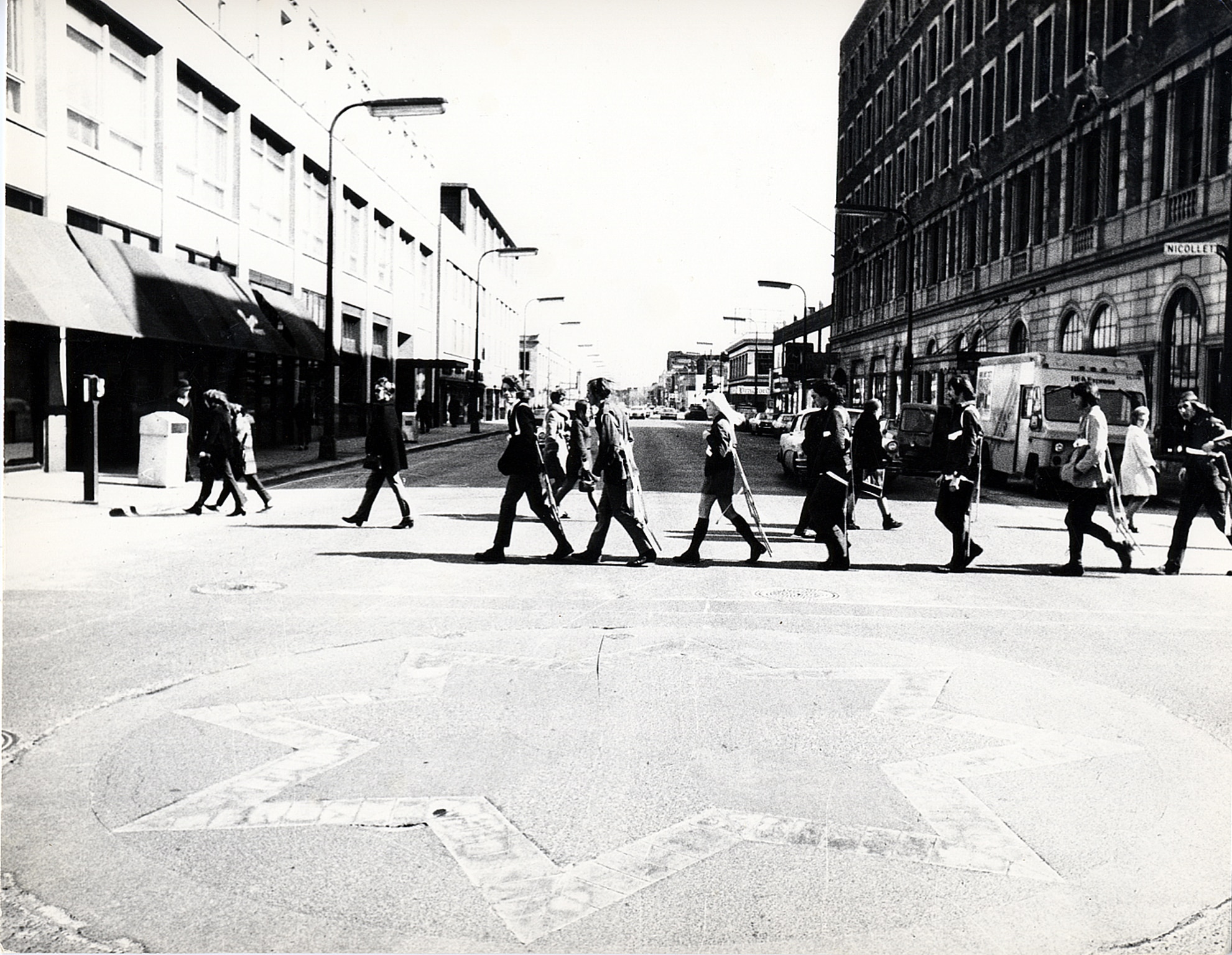
In 1970, in Design for a Real World, Victor Papanek described design as a structured discipline that works towards the transformation of the inhabited world, modifying natural environments and social infrastructure. At the time, the positivist definition put forward by the economist Herbert Simon was adopted by all [4]:design serves to make the world a better place, to improve living conditions, to provide comfort and beauty to daily life. Well aware of its role, Papanek is very critical of design. His book-manifesto begins: “There are professions more harmful than industrial design, but only a few of them…” [5]
Founded on the close connection that Papanek, as well as other pioneers such as Maldonado and Yona Friedman, established between design, ecology and social development, the 1980s saw the spreading of participatory and responsible practices, leading to a veritable ethical turn in design. The focus widened. Design strategies began to progressively include the planning of the ecological and social implications of the entire life cycle of objects, from production to transportation, from distribution to consumption, and lastly to disposal. Design is seen as the driver of a lifestyle revolution, capable of changing the direction of the current model of development based on permanent innovation. Design as an anti-industrial project. This has all led to the emergence of eco-design, eco-conception, sustainable design and also design for social innovation, theories put forward by, among others, Ezio Manzini and John Tackara.
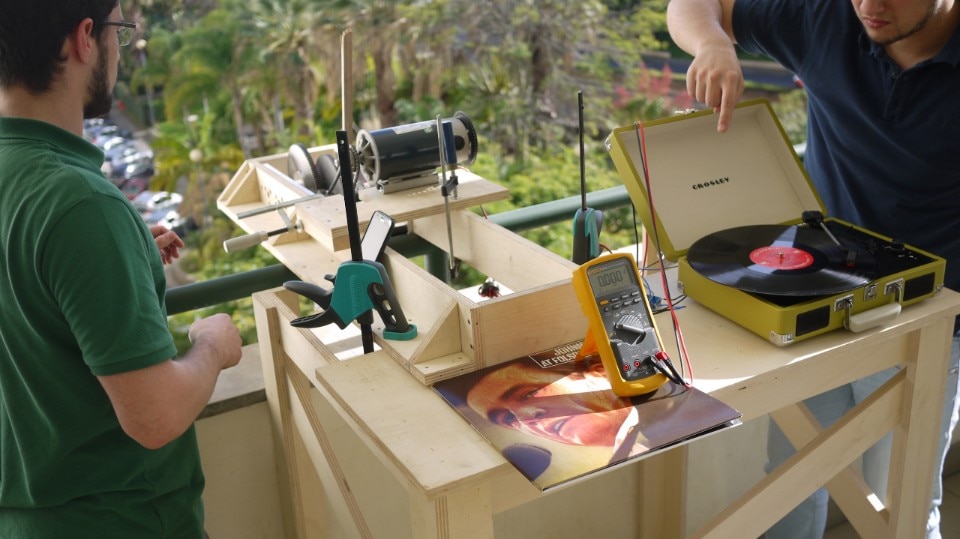
From the 1990s onwards, the move towards ubiquitous information technology and telematic networks saw the emergence of yet more definitions of design. With the advent of digital, the world has become information, and the object an interface. As explained by the Canadian designer Bruce Mau with his project-manifesto Massive Change, “moving from product design to transition economies, from graphic design to information economies, design becomes an interdisciplinary, distributed, plural and collaborative activity” [6]. Defining infrastructures and interactions, design ever increasingly represent a form of “global” project, one that is invisible and widespread, that conditions our behaviour, configures our consciousness, defines the spaces and times of our existence and our relationships.
How, then, can design currently be defined? Should it even be defined? Can we instead remain vague, limiting ourselves to saying that there is no one definition, but many, and that this is fine, that everyone has the design they want, the design they deserve?
We now find ourselves dealing with an expanding constellation of varying forms of definition. Definitions that no longer indicate mere operating methods or fields of application, but also discordant approaches bound to social tensions and critical, political, genre or post-colonial points of view. The institutional definitions of design and their traditions, based not only on the designing of modernity but also on the development of the capitalist society and of globalisation, are subjected to detailed deconstruction and forms of radical decolonisation. These tensions reveal the nature of social design, its social as well as functional impact. More than a technique, design appears as an instrument for the construction of identity. As they acquire visibility, all of these forms of tension reveal a situation of crisis within the discipline, at the same time leading to a more inclusive and pluralist definition of design.
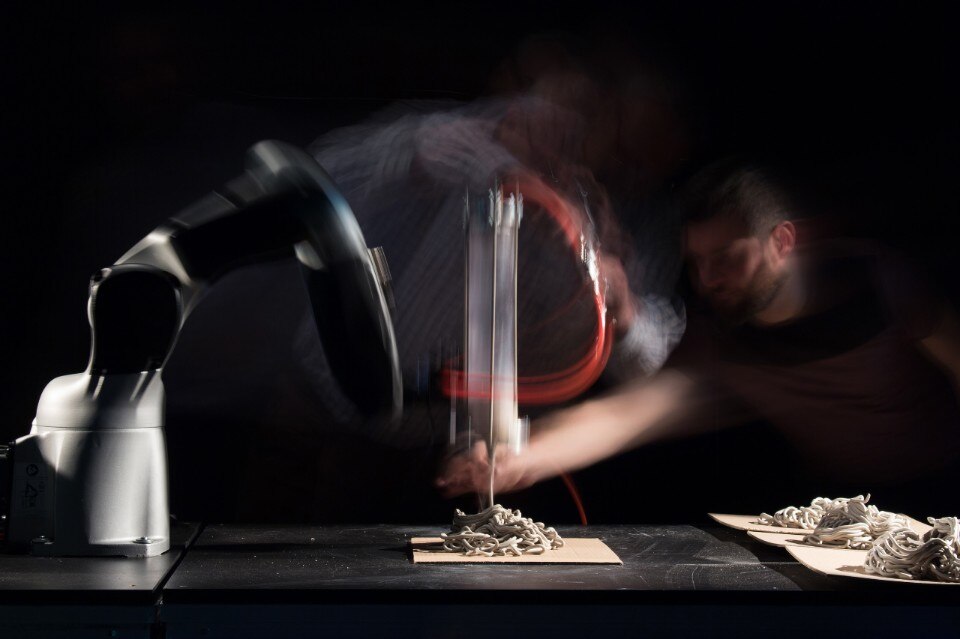
How, then, can design currently be defined? Should it even be defined? Can we instead remain vague, limiting ourselves to saying that there is no one definition, but many, and that this is fine, that everyone has the design they want, the design they deserve?
Or can we argue that in the end, a definition is no more than a question of specialisation – of a market, of a professional profile, of a sector of production, of an academic domain... and that in real life it is unnecessary, we can do without.
I don’t think we can. Due to its very power, its capacity to act, design represents an area of forces that are fundamental for the transformation of society. It is not simply a matter of designing new forms or new objects, but – for the optimists – of managing what is now permanent transformation or, for the pessimists - of surviving in a world that seems to be characterised by relentless loss and decline (also due to design).
It is at the very moment that transition becomes crisis and that decline implies survival, that the definition of design, of its role, of its contribution, of its responsibilities and of its limits becomes fundamental. The precise moment in which it becomes difficult, if not impossible, to define design, is the very moment in which it is necessary to do so.
Emanuele Quinz (Bolzano, 1973) is an art historian and curator. Associate professor at Université Paris 8 and associate researcher at EnsadLab (École nationale supérieure des Arts Décoratifs), his research explores the frontier zones between different artistic disciplines.
Opening image: Swiss Army knife
- [1]:
- Ettore Sottsass : Tout est design, c'est une fatalité, interviewed by Michèle Champenois, Le monde, 29 août 2005
- [2]:
- Jean Baudrillard, Pour une critique de l’économie politique du signe, Paris Gallimard, 1972, p. 248
- [3]:
- Bruno Munari, Artista e designer, Bari, Laterza, 1971, p. 28
- [4]:
- “Everyone designs who devises courses of action aimed at changing existing situations into preferred ones”, Herbert A. Simon, The Sciences of Artificial (1969), Cambridge Mass. MIT Press, third edition updated 1996, p.111
- [5]:
- Victor Papanek, Design for the real world. Human ecology and social change, Pantheon Books, 1972
- [6]:
- Bruce Mau, Institute without Boundaries, Massive Change, London, Phaidon, 2004, p.16


